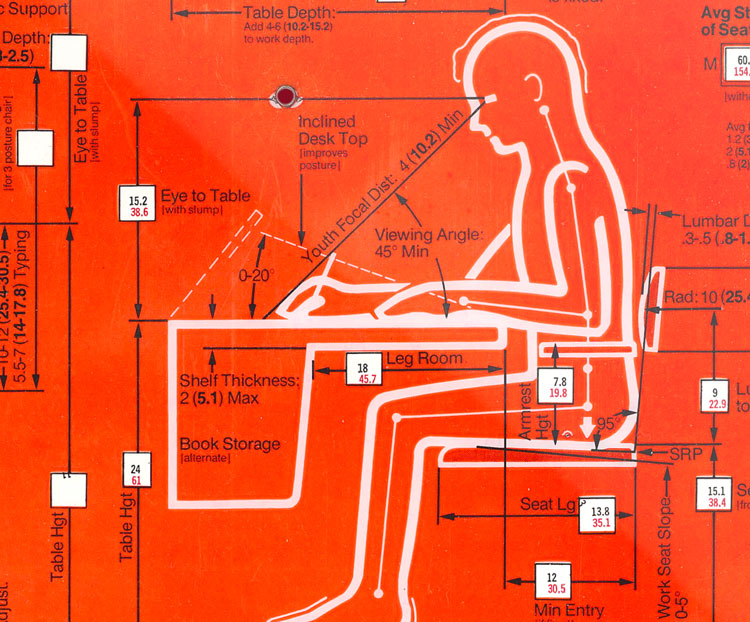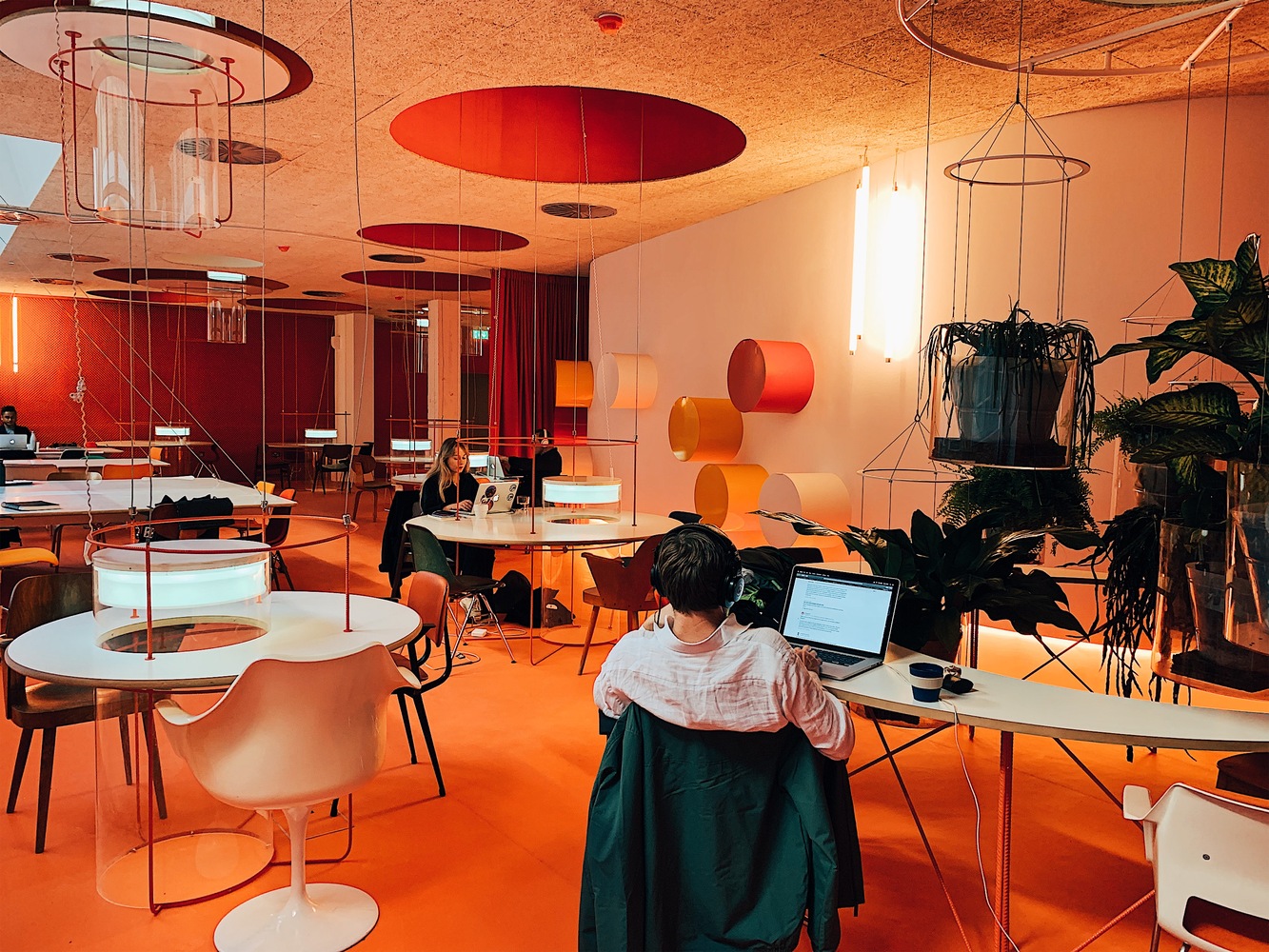Il rapporto tra lavoro e corpo ha da sempre contraddistinto lo spazio entro cui espletare tale attività sia nella fabbrica dove il corpo, prima maschile e poi femminile, diventa una parte sostanziale del processo lavorativo sia nell’ufficio, in cui il rapporto tra spazio e arredo ne ha determinato la posizione, le relazioni e il suo controllo. La Rivoluzione industriale con la formalizzazione di luoghi specializzati lontano da casa, ha generato la distinzione tra lavoro produttivo e riproduttivo non retribuito in cui la donna si è trovata a dover gestire autonomamente tutte le attività da svolgere entro le mura domestiche. Se fino ad allora il lavoro riproduttivo era gestito da una collettività che comprendeva famigliari, vicini e servitù domestica, esso si è via via individualizzato, grazie anche agli avanzamenti della tecnologia, fino a gravare sul corpo del singolo. Studi emersi durante la pandemia hanno sottolineato come l’odierna e crescente adozione dello smart working abbia determinato un ulteriore sovraccarico degli impegni quotidiani per coloro che assolvono a lavori di cura (educazione dei figli, assistenza ai familiari anziani, gestione domestica) e che competono a diverse figure come madri, “nuovi padri”, singoli e careers in generale.
L’intervento si propone di offrire uno stato dell’arte critico sull’argomento in oggetto e di analizzare alcuni luoghi di lavoro che cercano di offrire un migliore bilanciamento tra impegni lavorativi e di cura. In particolare, il focus è indirizzato sugli spazi coworking, sia indipendenti che locati all’interno di abitazioni collettive, quali motori di socialità che facilitano la creazione di un network e mirano a una politica di work-life balance attraverso l’offerta di un ampio ventaglio di spazi e servizi aggiuntivi oltre la semplice work-station.
L’intervento si terrà il 20 giugno presso la Scuola di Architettura del Politecnico di Milano, Campus Leonardo, sezione “Vulnerable”, Panel A. 15.
(Di seguito versione inglese)

Henry Dreyfuss Associates, Humanscale Manuals 1 / 2 / 3, 1974. Drawings by Alvin R. Tilley.
The relationship between work and the body has always characterised the space within which this activity is carried out, both in the factory where the body, first male and then female, becomes a substantial part of the work process, and in the office, where the rapport between space and furniture has determined its position, relations and control. The Industrial Revolution, with the formalisation of specialised places away from home, generated the distinction between productive and unpaid reproductive work in which women found themselves having to independently manage all the activities to be performed within the home. While until then reproductive work was managed by a collective that included family members, neighbours and domestic servants, it has gradually become individualised, thanks also to advances in technology, to the point where it has become a burden on the individual’s body. Studies that have emerged during the pandemic have underlined how today’s increasing adoption of smart working has led to a further overload of daily commitments for those who perform care work (child-rearing, caring for elderly relatives, household management) and which are the responsibility of different figures such as mothers, “new fathers”, individuals and caregivers in general.
The talk aims to offer a critical state of the art on the topic and to analyse some workplaces that try to offer a better balance between work and care commitments. In particular, the focus is on coworking spaces, both independent and rented within collective housing, as engines of sociability that facilitate networking and aim at a work-life balance policy by offering a wide range of additional spaces and services beyond the simple work-station.
The presentation will be held on 20 June at the School of Architecture of the Politecnico di Milano, Campus Leonardo, section “Vulnerable”, Panel A. 15.

